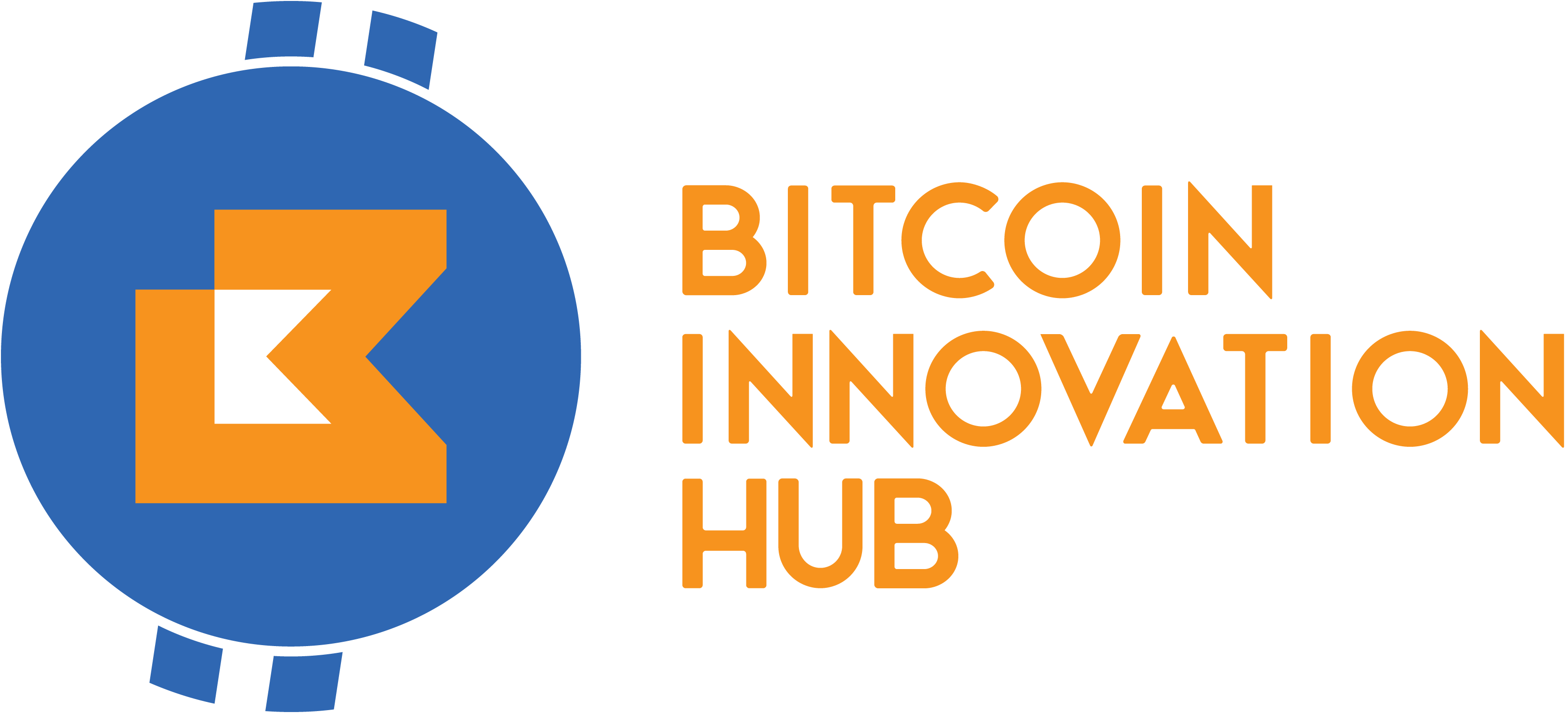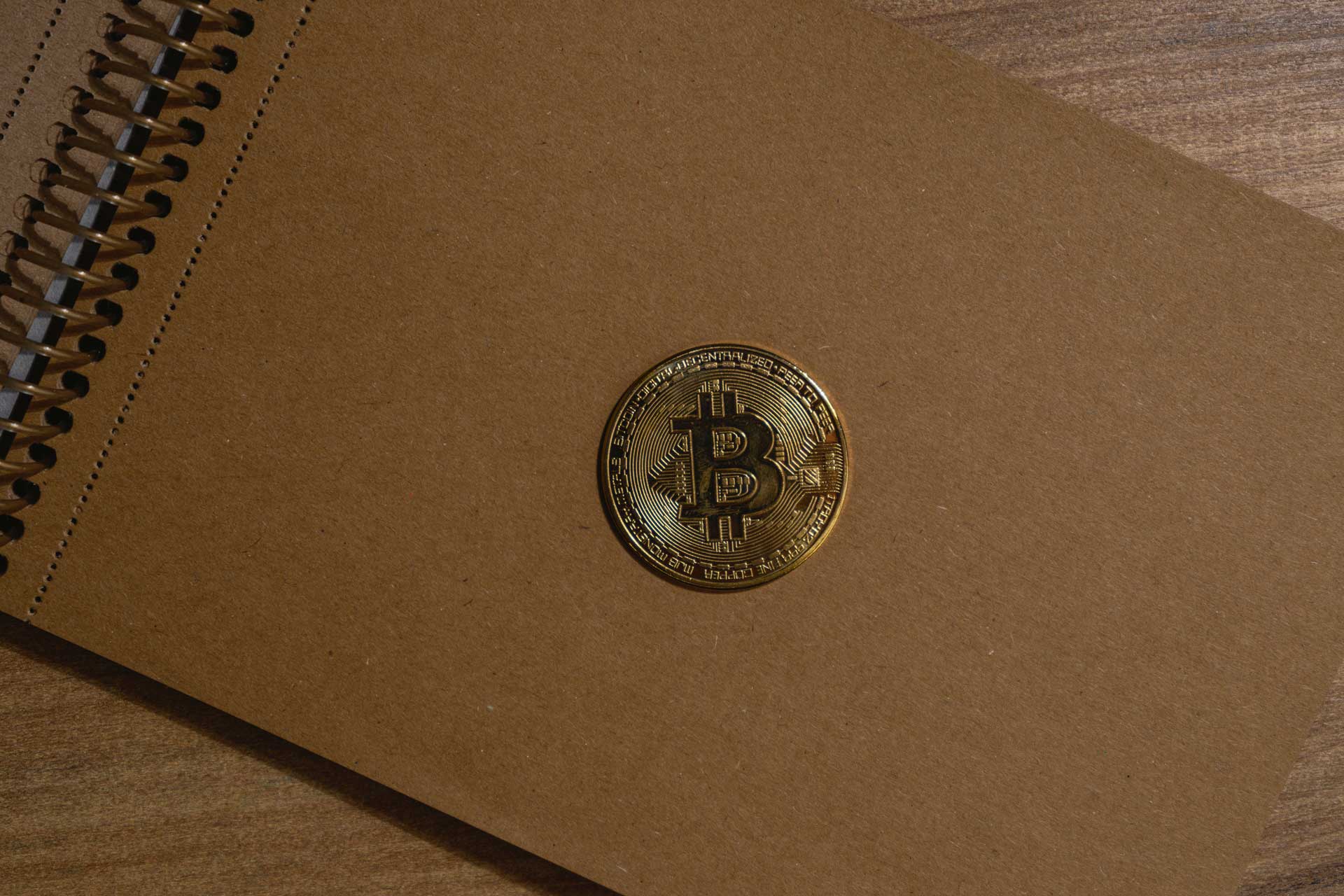The History of Bitcoin
During the global financial crisis of 2007-2009, also known as the Great Recession, distrust in banks and central governments reached its peak. Housing prices plummeted, and a major bank, Lehman Brothers, went insolvent.
Investors and businesses rushed to withdraw their cash deposits from other banks, causing the largest financial institutions at the heart of the modern world to freeze. Assets were seized, banks foreclosed, and a credit crunch posed a threat to the entire world economy.
According to the Federal Reserve of Cleveland, more than 500 banks failed between 2008 and 2015, compared to a total of 25 in the preceding seven years.
Amidst the crisis, an anonymous person or group of people using the name Satoshi Nakamoto published a document in an online cryptographic forum in November 2008. This document, known as the white paper, detailed the initial workings of Bitcoin. The white paper can be accessed at https://bitcoin.org/bitcoin.pdf.

The white paper aimed to describe how the different aspects of the Bitcoin protocol would function and remain secure.
On January 3rd, a British newspaper published a headline that read “The Times 03 January 2009 Chancellor on Brink of Second Bailout for Banks.” This message was recorded on the first Bitcoin block of transactions by Satoshi Nakamoto. The message cleverly reflected the dire state of the global financial system at the time and emphasized the proposed solution’s importance as a stepping stone toward an improved monetary system.
Satoshi developed the network alone or in collaboration with others until 2010 when it was handed over to the open-source community. This meant that anyone could download the code and join the network by running a node. The individuals who join the network and assist in verifying and validating Bitcoin transactions are called miners. They are rewarded with newly added Bitcoin to the network.
Currently, there are approximately 14,650 reachable nodes operating in 96 countries worldwide. Joining the network is relatively simple since the Bitcoin network is open source. You can download the Bitcoin Core from https://bitcoin.org/en/download and run it on your computer. However, participating in Bitcoin mining requires substantial computing power and consumes significant electricity.
While not everyone can become a Bitcoin miner, anyone holding Bitcoin, transacting in Bitcoin, or contributing to the upgrade of the Bitcoin Core is considered to be contributing to the network. The first reported real-world financial transaction involving Bitcoin took place on May 22, 2010, when a Florida man paid 10,000 Bitcoins for two Papa John’s pizzas valued at $25. This transaction valued Bitcoin at approximately a fourth of a cent. To this day, the Bitcoin community celebrates Pizza Day on May 22nd.
When Bitcoin was first released, its value was about $0.001. Over time, the value of Bitcoin has continued to grow due to increasing demand. Currently, many people prefer conducting high-volume transactions in Bitcoin. The history of Bitcoin prices can be found at https://www.investopedia.com/.

Bitcoin security is maintained within the network. The more people join the network, the more secure it becomes. With Bitcoin reachable nodes in more than 93 countries, anyone attempting to manipulate the network would need to control at least 51% of the entire global Bitcoin network, which is impossible.







